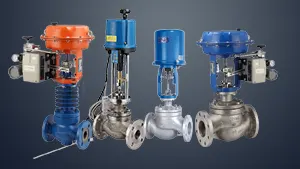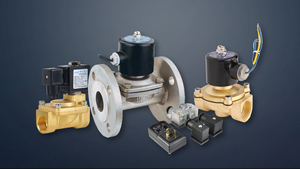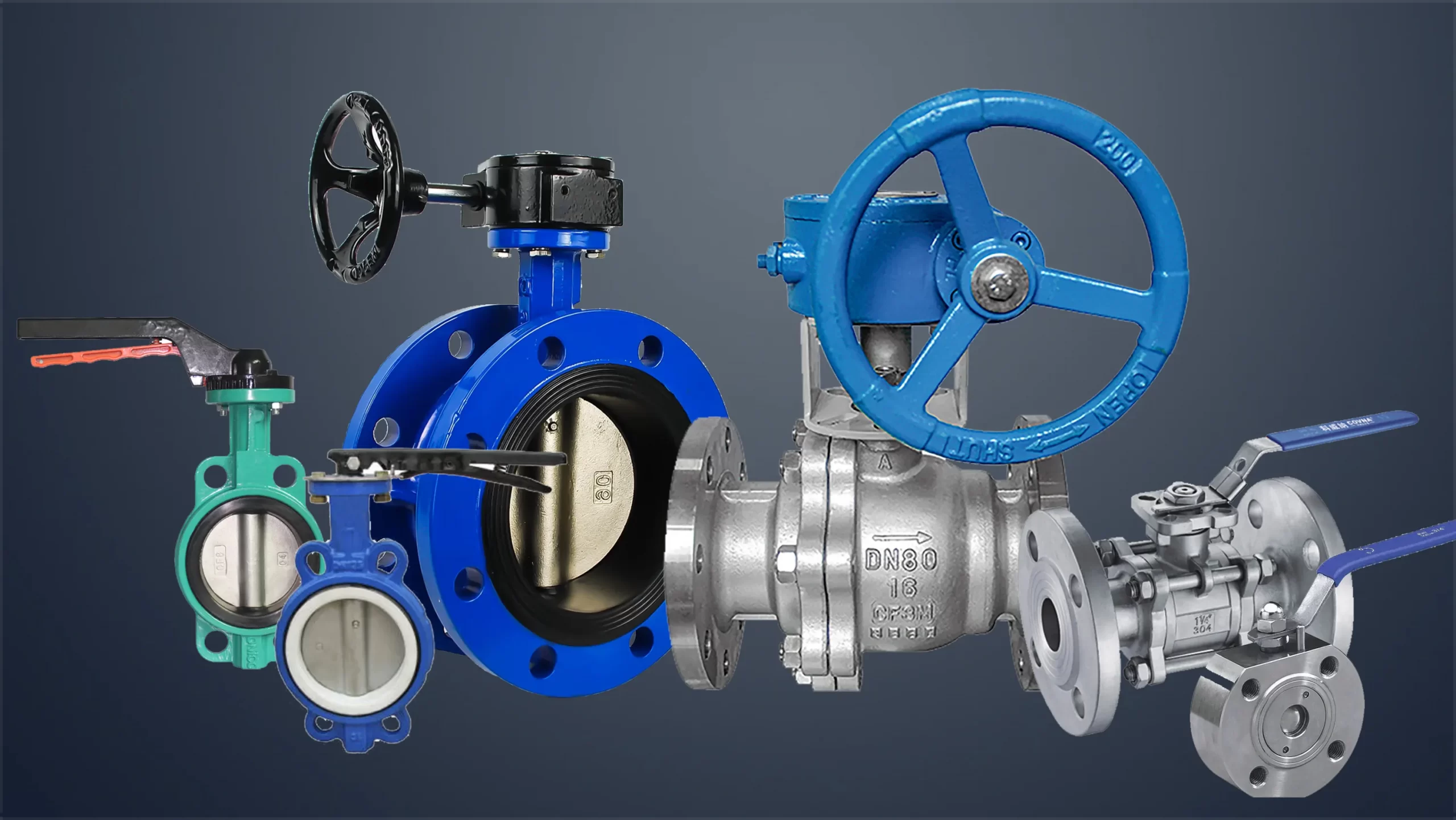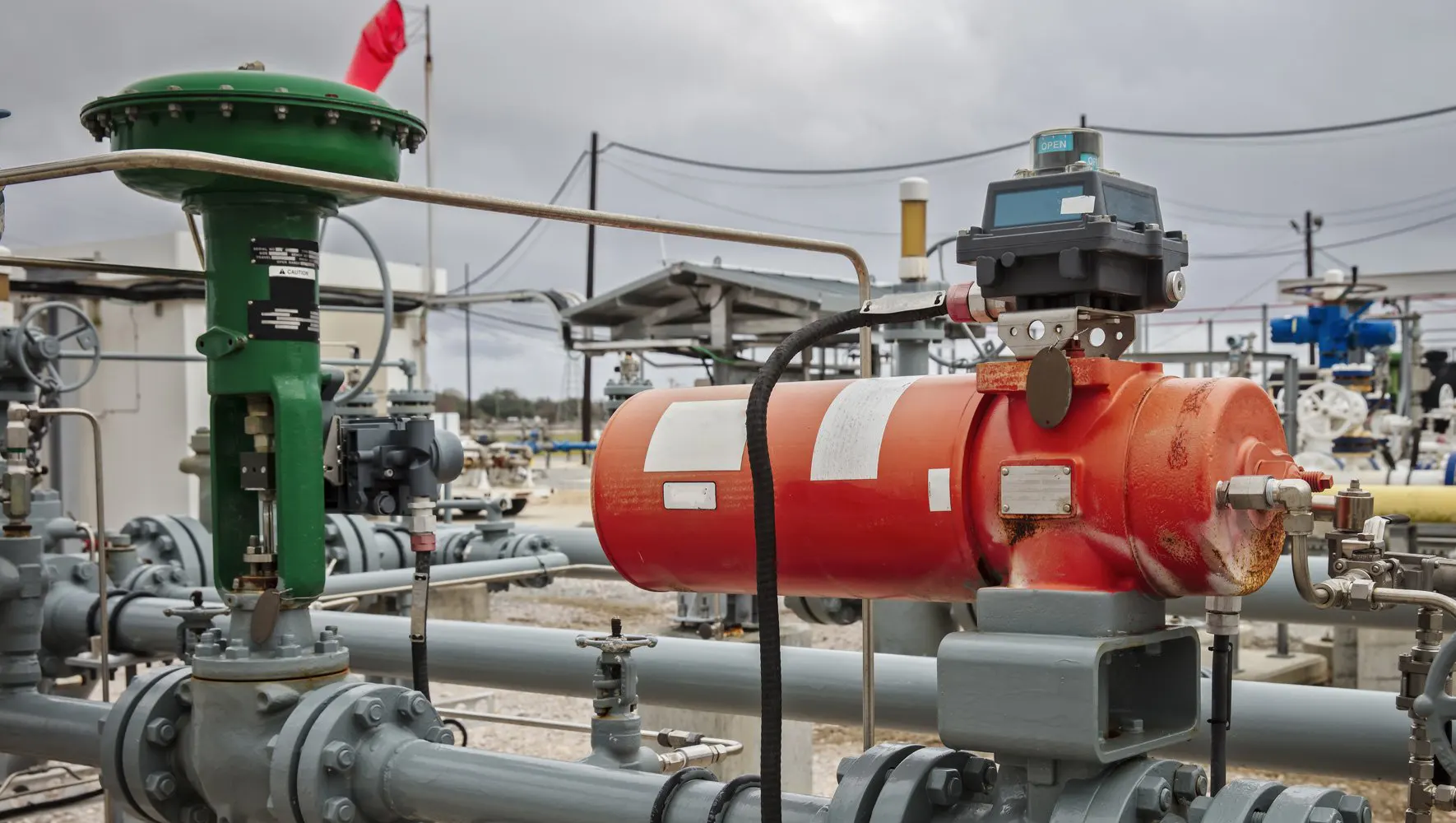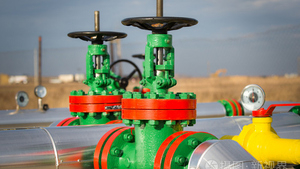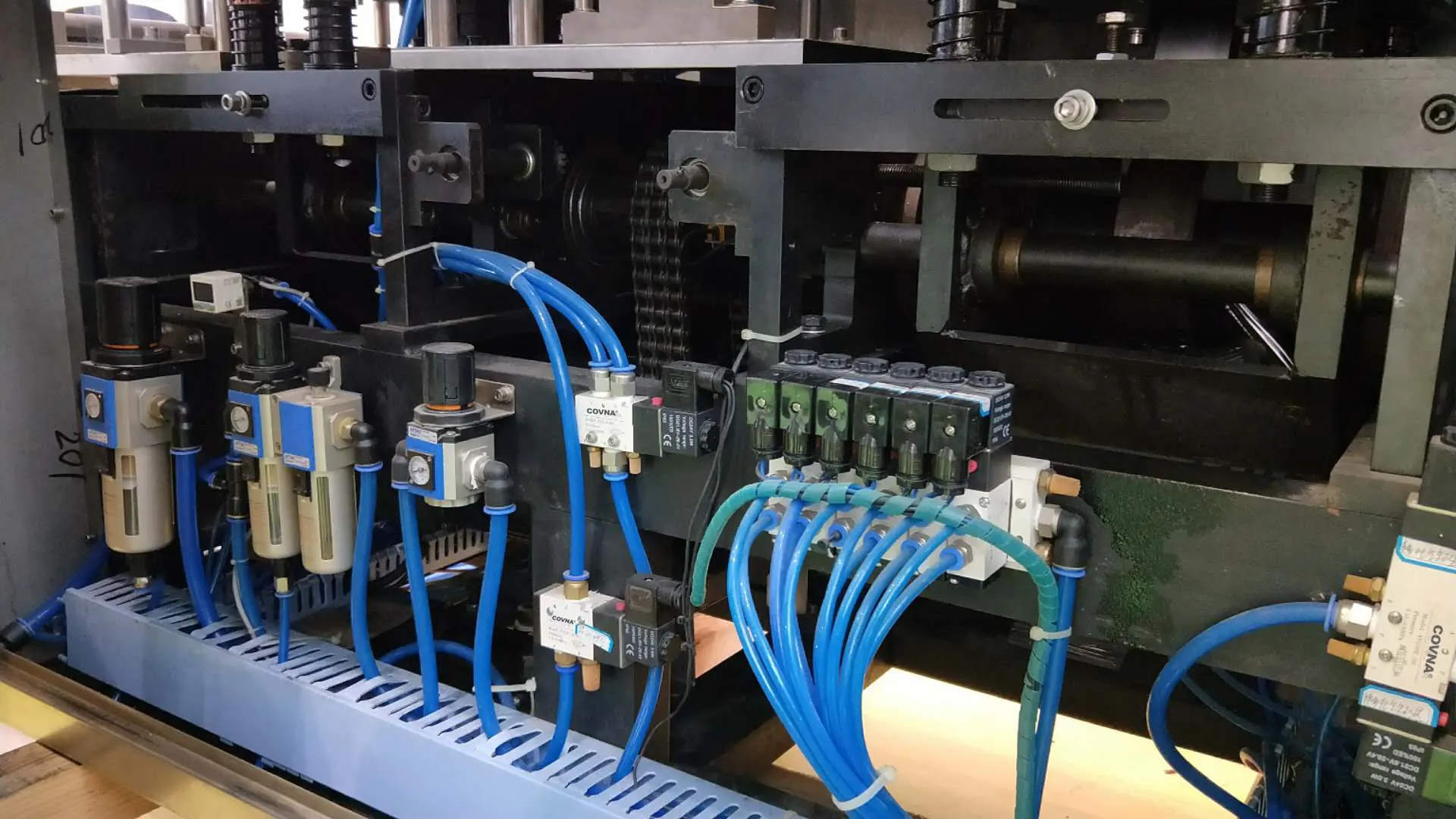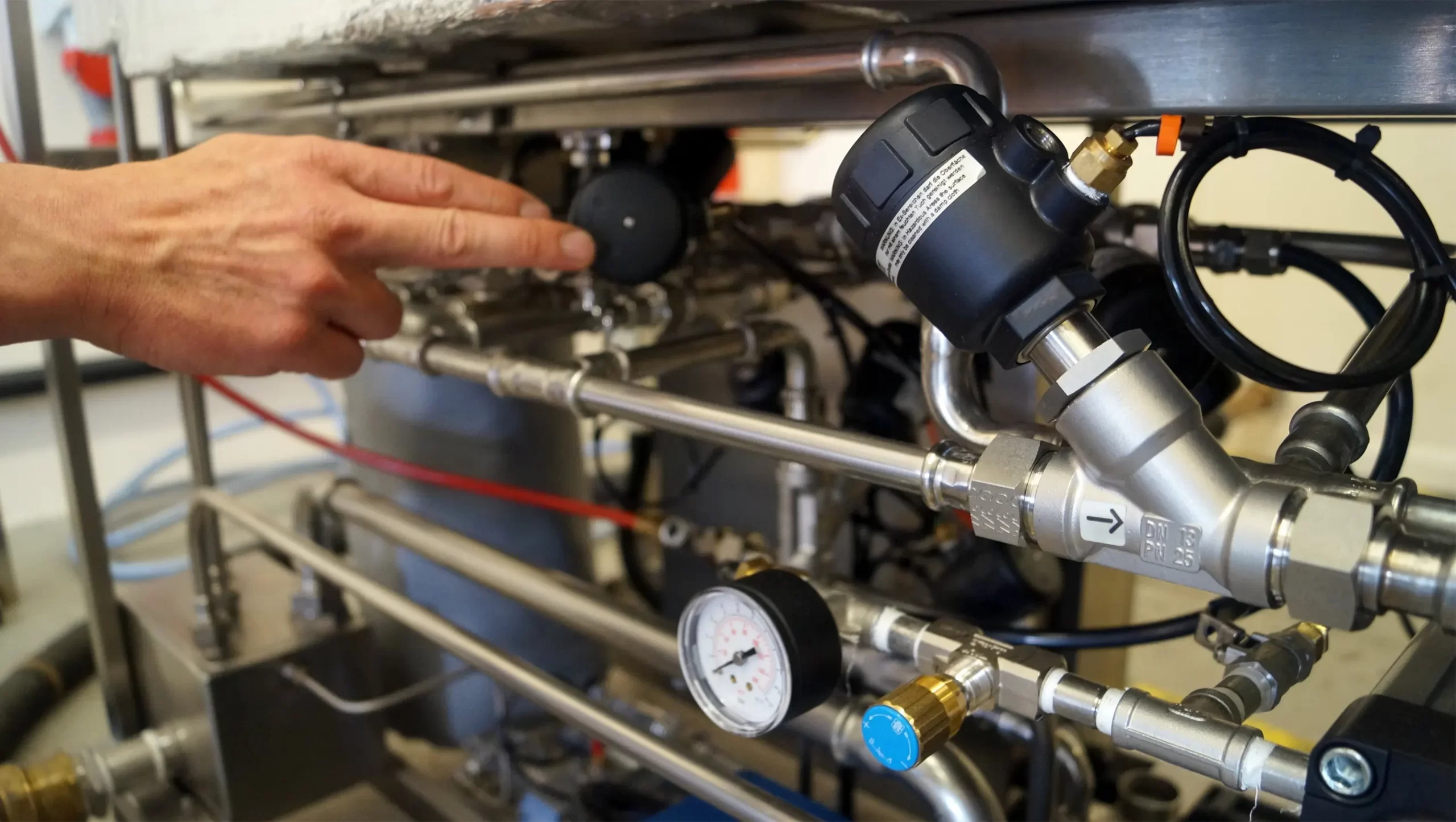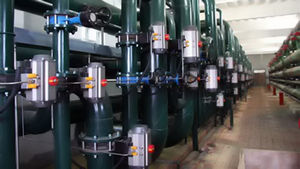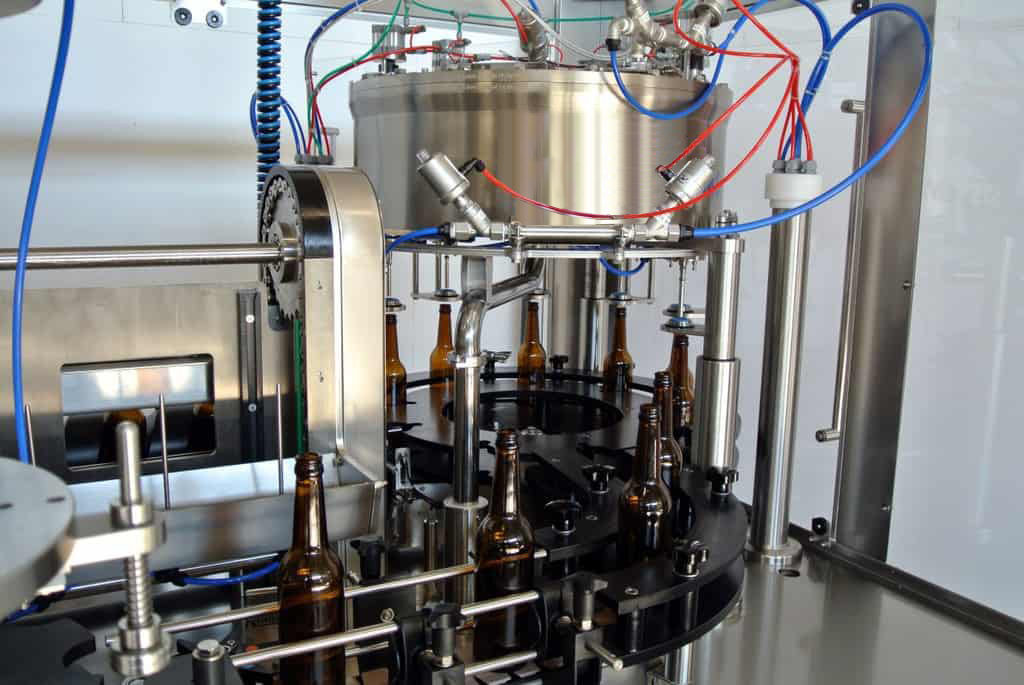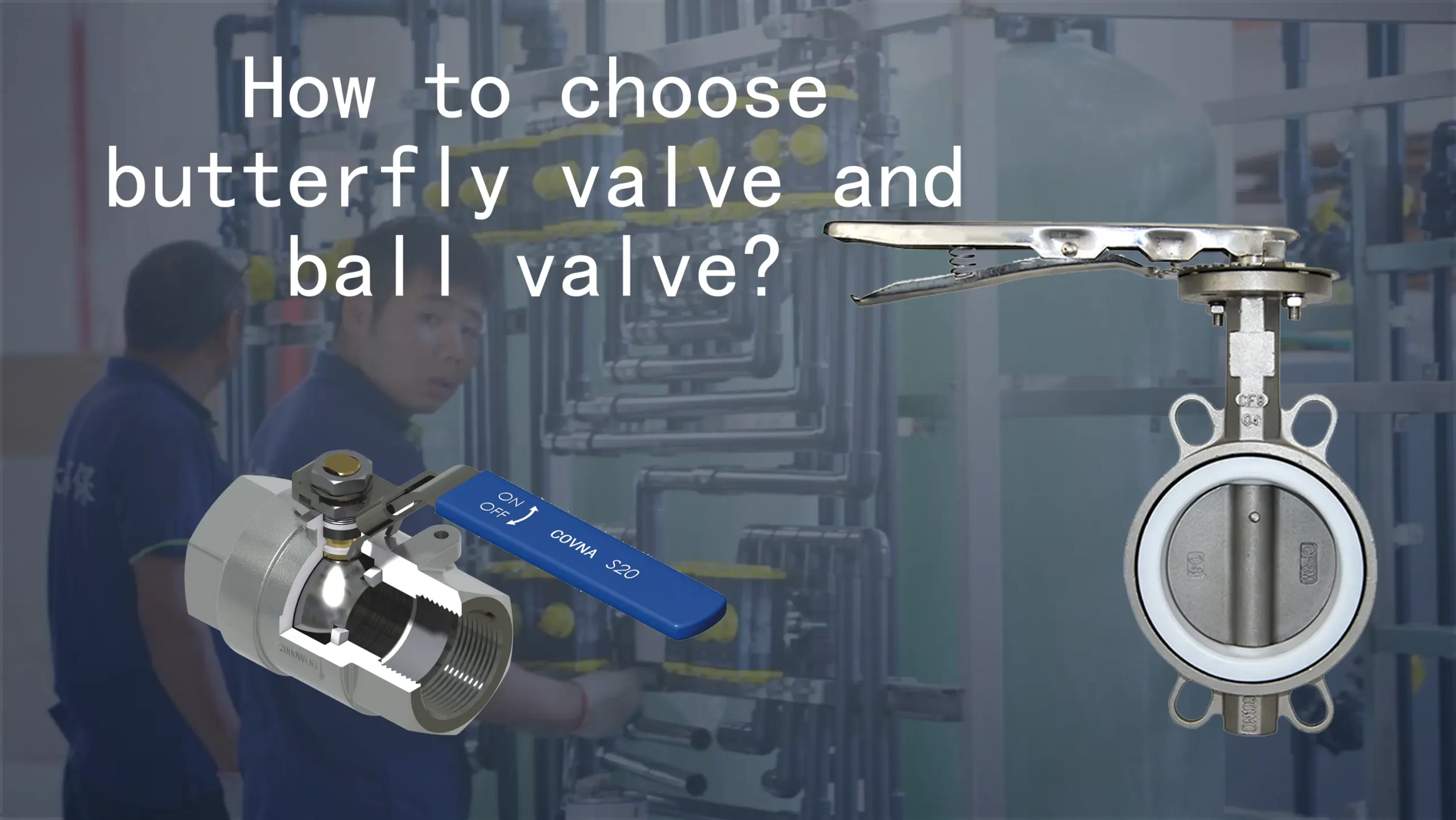Knowing how to size and select flow control valves affects the ability to control any industrial process. Beyond that, knowledge of proper industrial valve sizing and selection also has a major impact on the overall cost of a project. This Guide gives a framework for process valve sizing and selection. When you need more help with your final selection, please contact us.
TYPES OF INDUSTRIAL VALVES
A range of flow control valves and valve automation products are specialized for industrial applications. The right type of valve for your application depends on flow control, function, and valve operation.
- Actuators are typically pneumatic to open and close the valve by operating the stem, and they can also be either manual or electric.
- Ball Valves feature tight shut-off and low pressure drop when open and are good for both on/off and throttling applications.
- Butterfly Valves, which are suitable for regulating flow, are generally used for low line pressure and large pipeline diameters.
- Check Valves are used to prevent back-flow.
- Knife Gate Valves are used for on/off service and for media such as slurries and/or abrasives
These industrial valves may be either manual or automated and are an integral part of critical solutions for industrial, commercial, and municipal processes.
SIZING PROCESS VALVES
A key component of process valve sizing and selection is determining the right size valve for your application. Finding the right valve configuration enhances performance and lengthens service life.
The first step is to determine the flow through the diameter of the valve. In other words, find the appropriate flow coefficient (Cv) for the valve and the application. It’s important to use accurate information when evaluating your performance needs.
- For applications that require a check valve or an on/off, block, or isolating valve, usually the valve can be sized to existing hose, tube, or pipe sizes, unless there are other requirements.
- Sizing a flow control valve is more complicated because the flow constriction varies. For example, if you use only the maximum flow rate to select a valve, it could result in selecting an “oversized” valve. It’s important to factor in minimum, maximum, and normal flow rates and use the range of flow rates required.
Knowing how to size a valve is critical for both process and economic efficiency. Giving in to the temptation to select oversized control valves leads to poor process control and a reduction in service life.
MAIN CRITERIA FOR SELECTING AN INDUSTRIAL VALVE
You can choose the right type of valve for the application by using the media type, the materials of construction, the valve characteristics, the pressure/temperature of the media, and the pressure class of the piping system. Keep these criteria in mind when specifying any industrial valve:
- Media Type – Whether liquid, gas, steam, or slurry, the right valve will depend on the characteristics of the media. The proper valve depends on the media’s concentration, specific gravity, viscosity, and material compatibility. Material compatibility may be limited when the media is toxic or corrosive, contains particulates, or has a high coefficient of expansion.
- Temperature – Both operating temperature and ambient temperature affect valve selection, and fluid temperature range also affects specific gravity and viscosity.
- Pressure – Pressure requirements include operating range, maximum, and finally whether a valve for minimal differential pressure might be needed.
- Flow – Flow characteristics that affect valve selection include rates for normal, minimum, and maximum
You also need to consider the valve function, actuation method, valve automation, and ongoing maintenance requirements of the valve, and whether you’re specifying metric or imperial units.
Reference: https://www.carotek.com/valve-selection-guide
Tags: Check Valve
--- END ---




